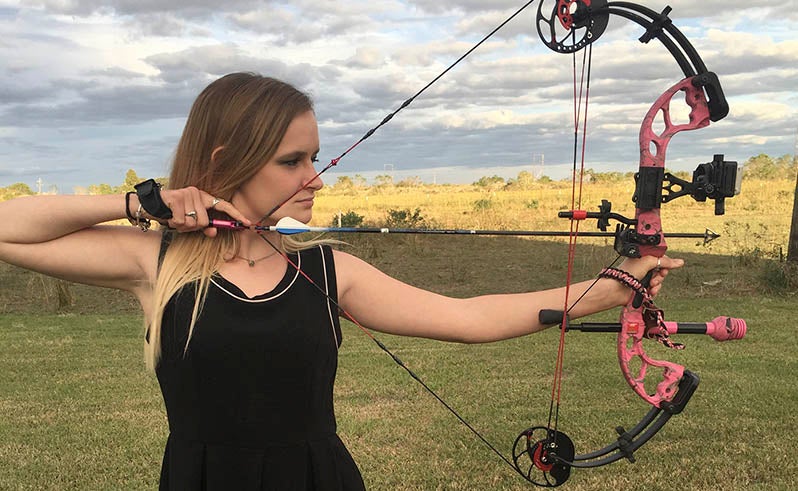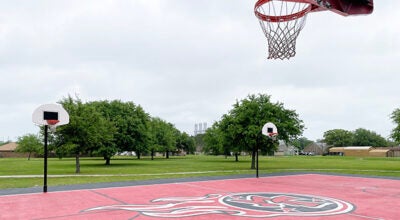BRIAN JOHNSON ON OUTDOORS: Archery season preparations
Published 12:35 pm Monday, June 17, 2019

- Advanced preparation helped Brianna Johnson tag this nice eight point buck. (Brian Johnson/Special to The News)
For me summertime is fishing time. I love to get up early and catch bass feeding in the shallows, or to chase schooling fish in the lakes and bays. This is the time of year that my favorite bait, the plastic frog, is the most productive.
Even though bow season is a few months away, if you are going to be ready, you need to start preparations now. Here are some things to think about to help you prepare.
1. Check your bow string
I have known people that never change the string on their bows. However, if your string breaks, nothing good happens. Not only would this ruin a good hunt, it could be very dangerous. Bow strings stretch and could be nicked over time. Once the string is compromised, replace it.
As a general rule, a string should typically be replaced every two to three years. If you are using a compound bow, this will more than likely need to be done at an archery pro shop by a profession so don’t wait until the last minute.
2. Check your bow
This is a step beyond simply changing your string. Have a shop look for cracks in your limbs and listen for any noises that your bow may make. A creak at the wrong time could cost you the buck of a lifetime. Here again safety is also an issue. A cracked limb is a ticking bomb. Once the shop has check your bow, have them grease it and make sure that it is paper tuned. Paper tuning your bow you will insure proper arrow flight which will allow for better arrow grouping as well as better penetration.
3. Decide on your arrows
I can’t begin to tell you how many times I have seen hunters with different size arrows in their quiver.
This is a no-no and will result in poor shooting. As part of the tuning process, you will need to pick the correct weight, length, and spine arrow for your bow as well as the game you will be hunting.
Keep in mind that heavier arrows fly slower but generally have better penetration, which is less of an issue on a thin-skinned whitetail than it is on a Cape Buffalo.
Match the arrow to the game. Be sure to shoot field points that weigh the same as your broadheads, and also be sure to practice with the broadheads before hunting to insure proper flight.
4. Practice, practice, practice
I can’t emphasize this enough. The most expensive, well-tuned bow is no good in the hands of an inferior archer.
If you want to be good, you will need to practice. Practice shots from 10 yards to 50-plus yards. Practice in the wind. Practice sitting down, kneeling, and standing. Practice from an elevated position. Practice in the clothes you will be wearing when you hunt. Practice judging the distances you will be shooting.
Imagine going on your dream hunt and then missing the shot because you didn’t practice. That would be terrible. Practice shooting at least a half-dozen or more arrows every single day. Do this until the bow feels like an extension of your arm.
When you think you have practiced enough, practice some more. Don’t just practice until you can shoot good, practice until you can’t shoot bad. Remember that practice makes perfect.
Remember that as with anything in life, it always pays to be prepared. A little preparation can go a long way toward making your next season the best ever.
•
Brian Johnson, originally of Port Neches, is pastor of First Baptist Church of Winnie, owner of DuckDogTrainer.com and outdoors writer for The News.





